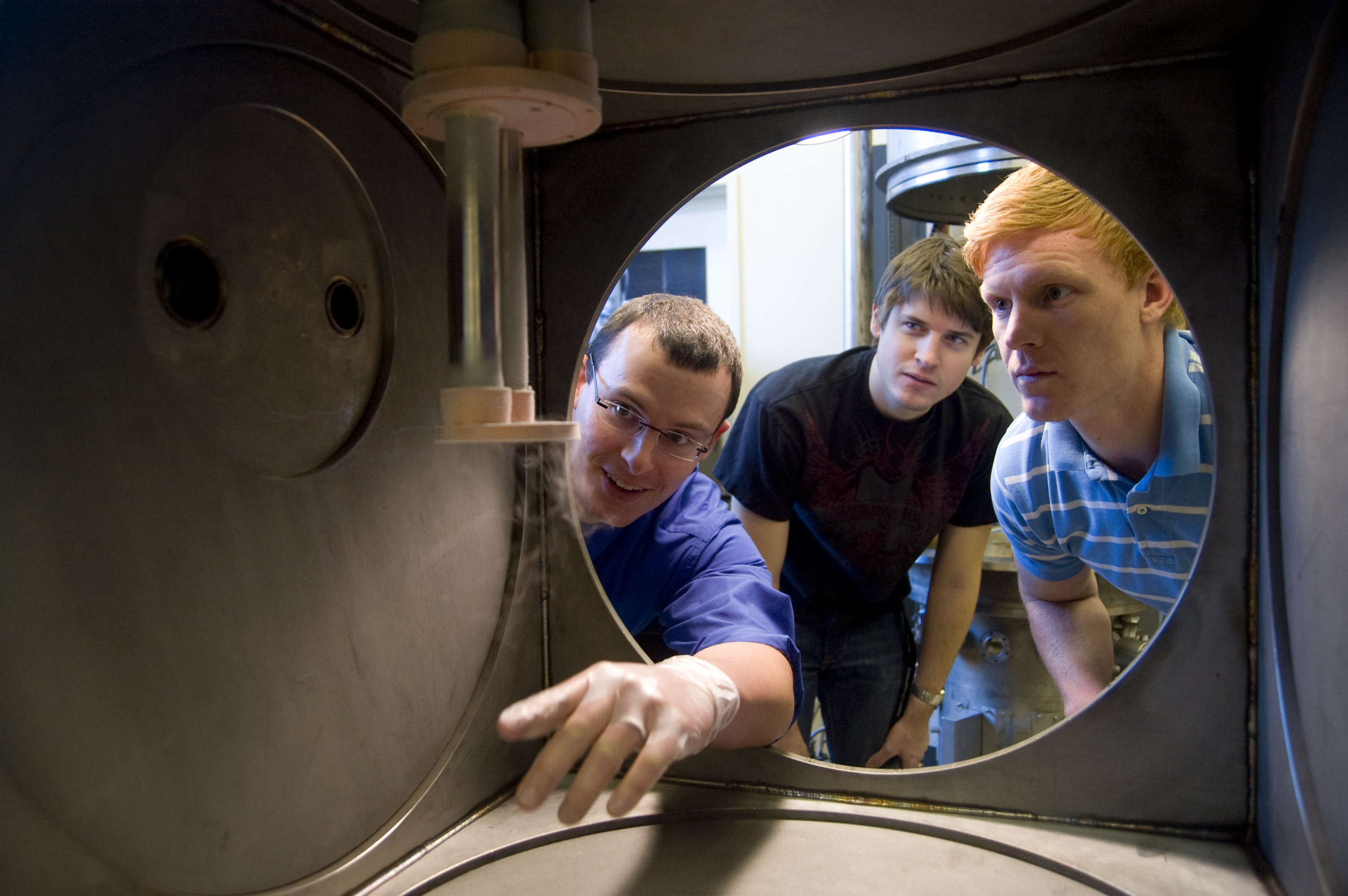Social Thermodynamics: Creative. Art. Work.
jacob.leachmanI was in Madison for a conference and the annual Art Walk happened to be on the Capital Square. As I was walking through the displays, I noticed a strongly consistent theme: each booth had it’s own theme. Take a random sampling of pieces out of display booths, put them in a lineup, and ask a team of children to match them with the original display booths. I’d bet they’d match 80% or better.
Why?
Because the same artist made the pieces. Duh! But really, if artists are the creative ones, that produce works that correspond to a plausible human experience, that help us see … » More …

